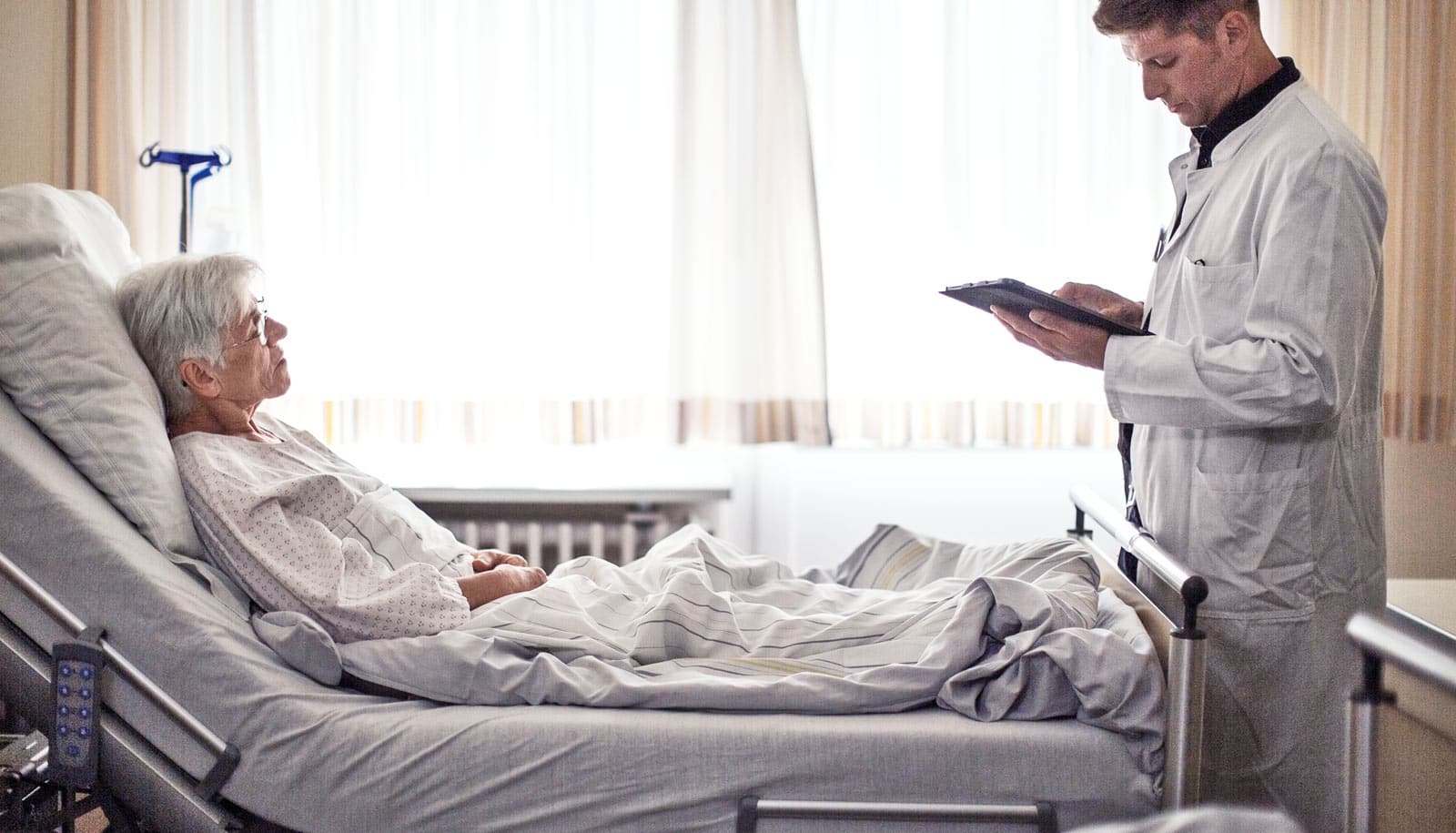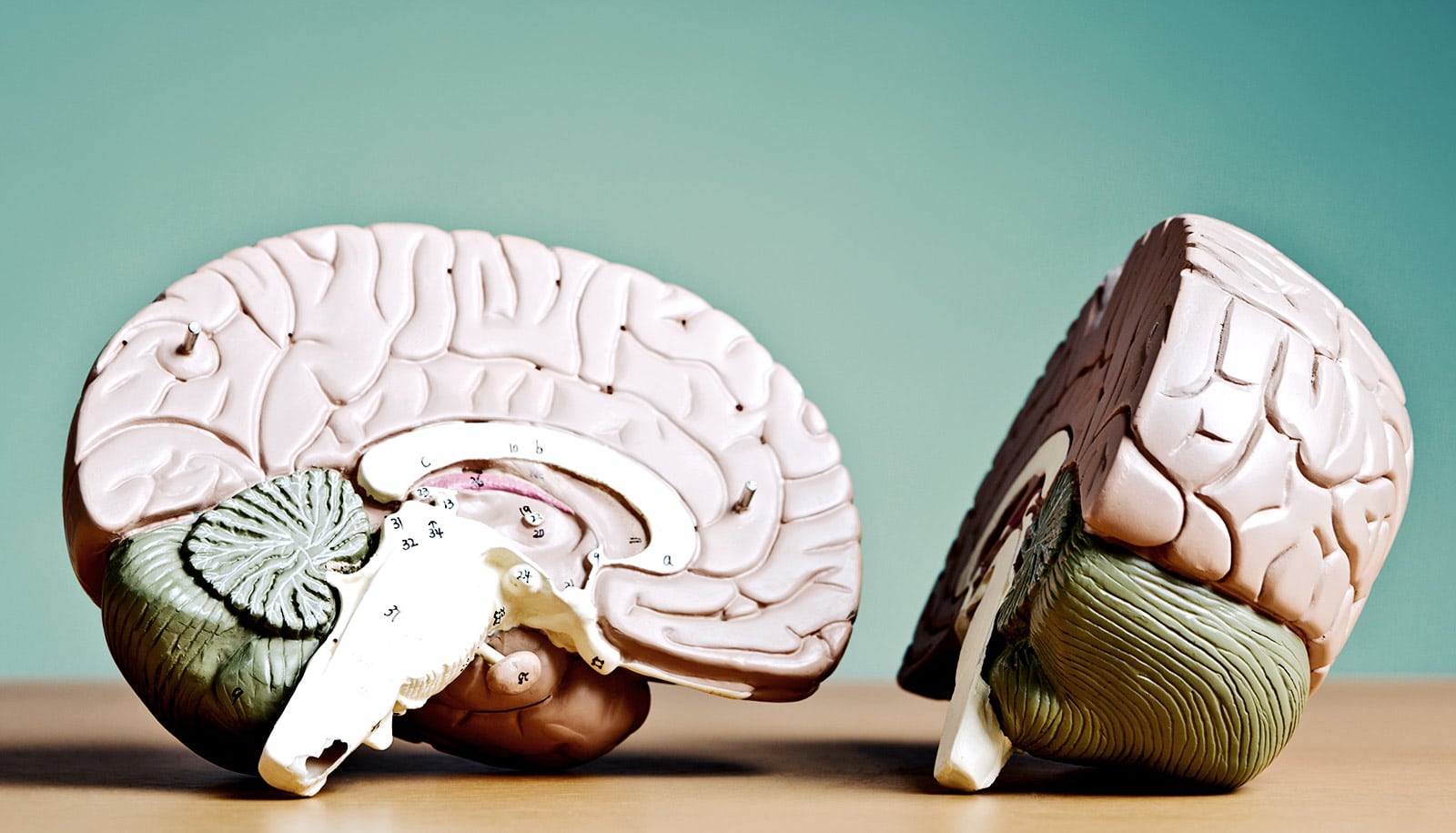Analyzing the brains of people just days after they have a stroke allows researchers to link various speech functions to different parts of the brain, a new study shows.
The researchers say the breakthrough may lead to better treatment and recovery.
They used storytelling to evaluate the spontaneous language production of 65 stroke patients. For the experiment, researchers read patients the story of Cinderella and then asked them to retell it.
The researchers used a well-established process to score the patients—the Quantitative Production Analysis method—and relied on 13 different measures for evaluation, including words per minute, types of words, and sentence length and formation.
They found that evaluating patients between one and 13 days post-stroke, enabled them to identify how different and critical components related to language production linked up with different regions of the brain.
The researchers used cutting-edge techniques to relate the brain areas damaged in each individual to the degree of their impairment on these language-production measures.
Specifically, they found that retrieving words and putting them into increasingly complex sentences relied on the left temporal and parietal lobes, while producing grammatical aspects of sentences relied on the left frontal lobe.
There are only a few other studies that have looked at stroke patients in the acute stage, but those focused on ability to produce single words rather than providing a detailed analysis of language production, says Randi Martin, professor of psychology at Rice University and coauthor of the paper in the journal Brain.
The majority of studies, she says, look at stroke patients in the chronic stage of recovery—at least six months after the stroke. At that time, considerable reorganization of language function in the brain may have occurred.
Also, studying individuals at the acute stage allows for studying those with smaller areas of damage, she says. Those with small lesions are likely to recover and thus not included in studies of chronic stroke. Examining these people allows for a more precise mapping between areas damaged and language abilities.
“Many patients in the chronic stage of stroke have significantly worse brain damage than acute patients and have plateaued with their recovery,” she says. “Their brains cannot be evaluated in the same way as acute stroke patients.”
Future work will look at these same individuals at different stages during their first year of the recovery process. One important issue will be to determine what areas of brain damage and what language abilities will predict performance a year after stroke.
Martin says hopes this work will help better understand how different brain regions recover from stroke. She expects the work will be useful in the design of treatment options for stroke patients, including early interventions that may boost long-term recovery.
Additional coauthors are from Baylor College of Medicine, the University of Texas at Austin, and Rice. The National Institute on Deafness and Other Communication Disorders and the Moody Endowment funded the work.
Source: Rice University



